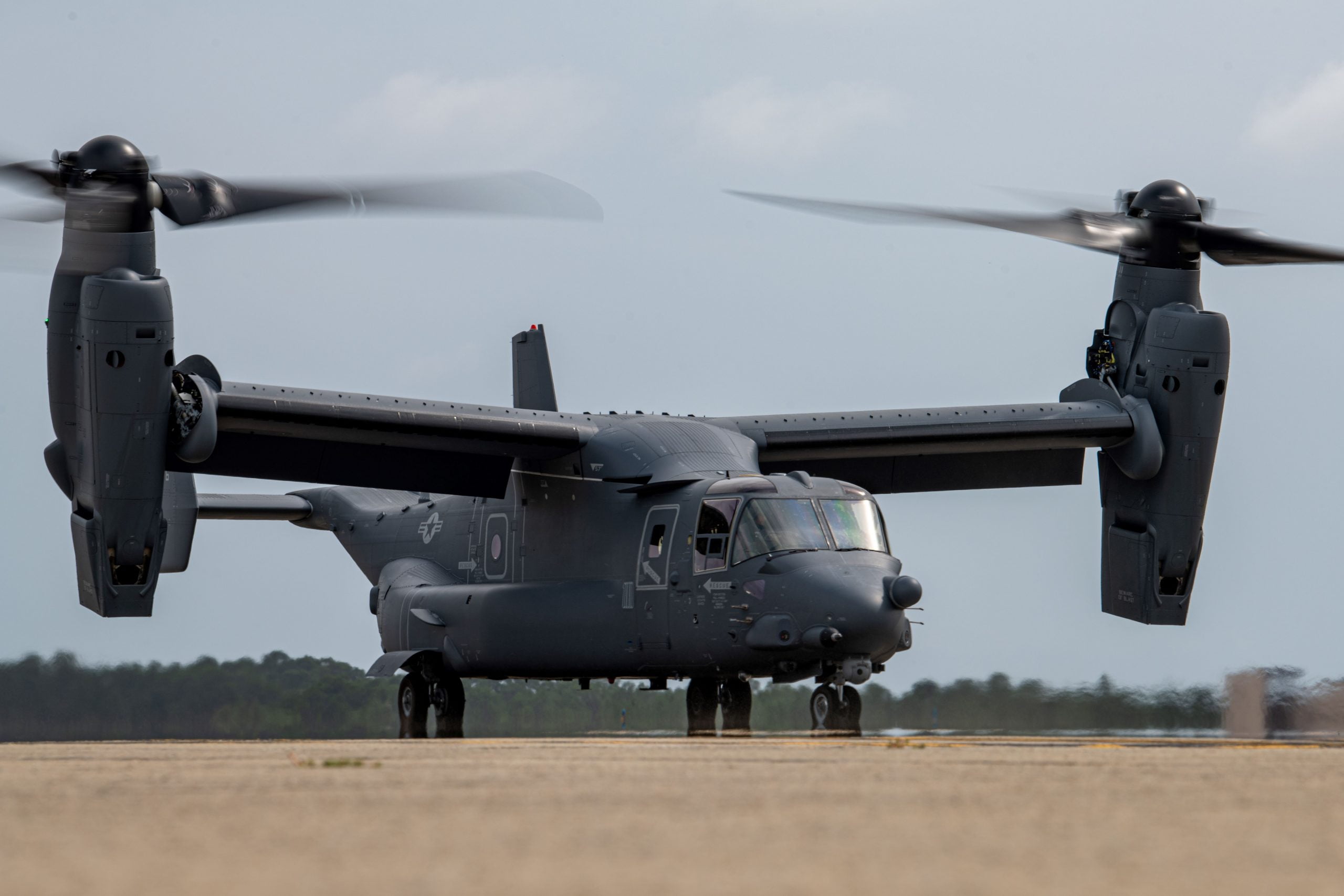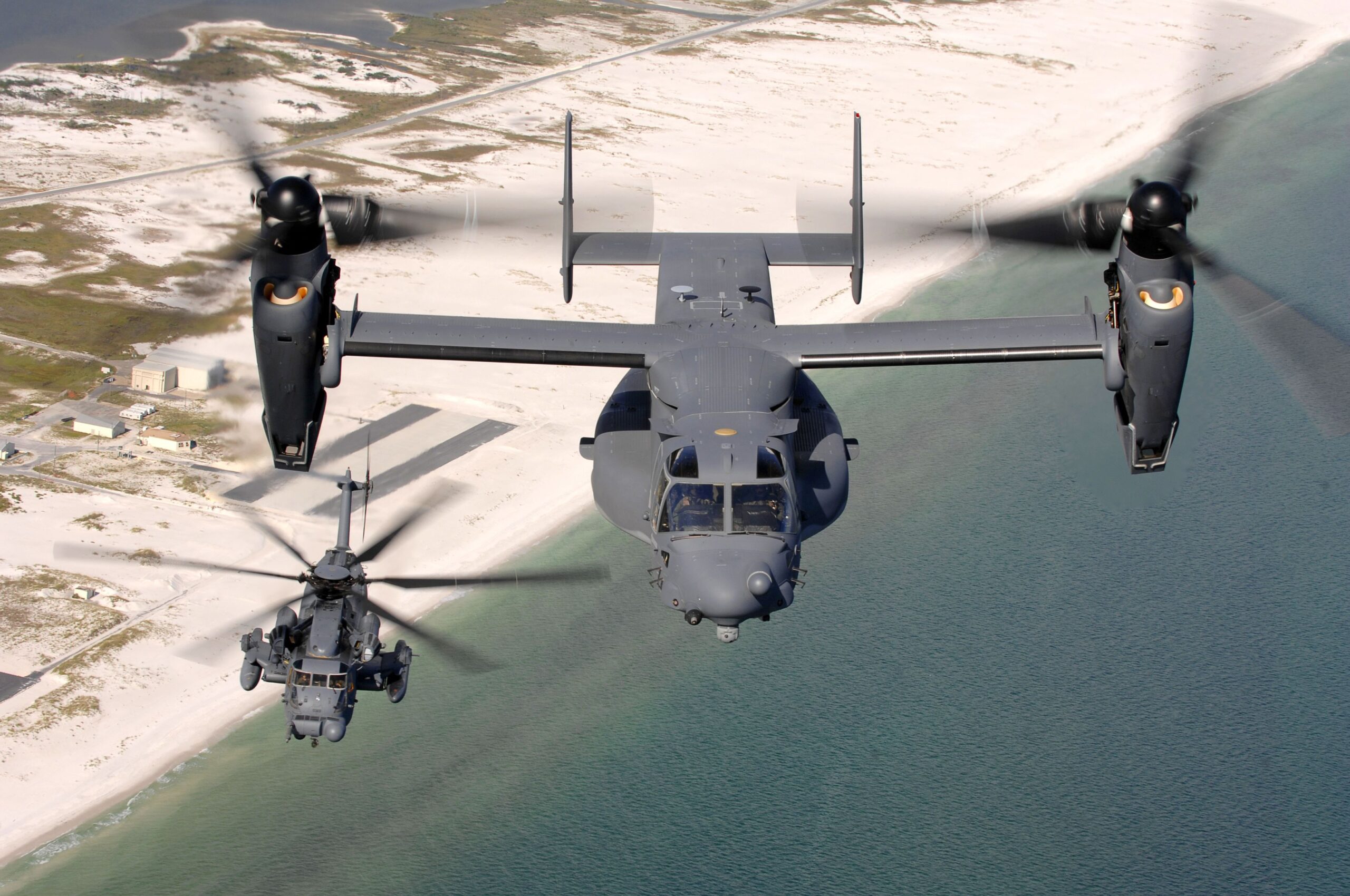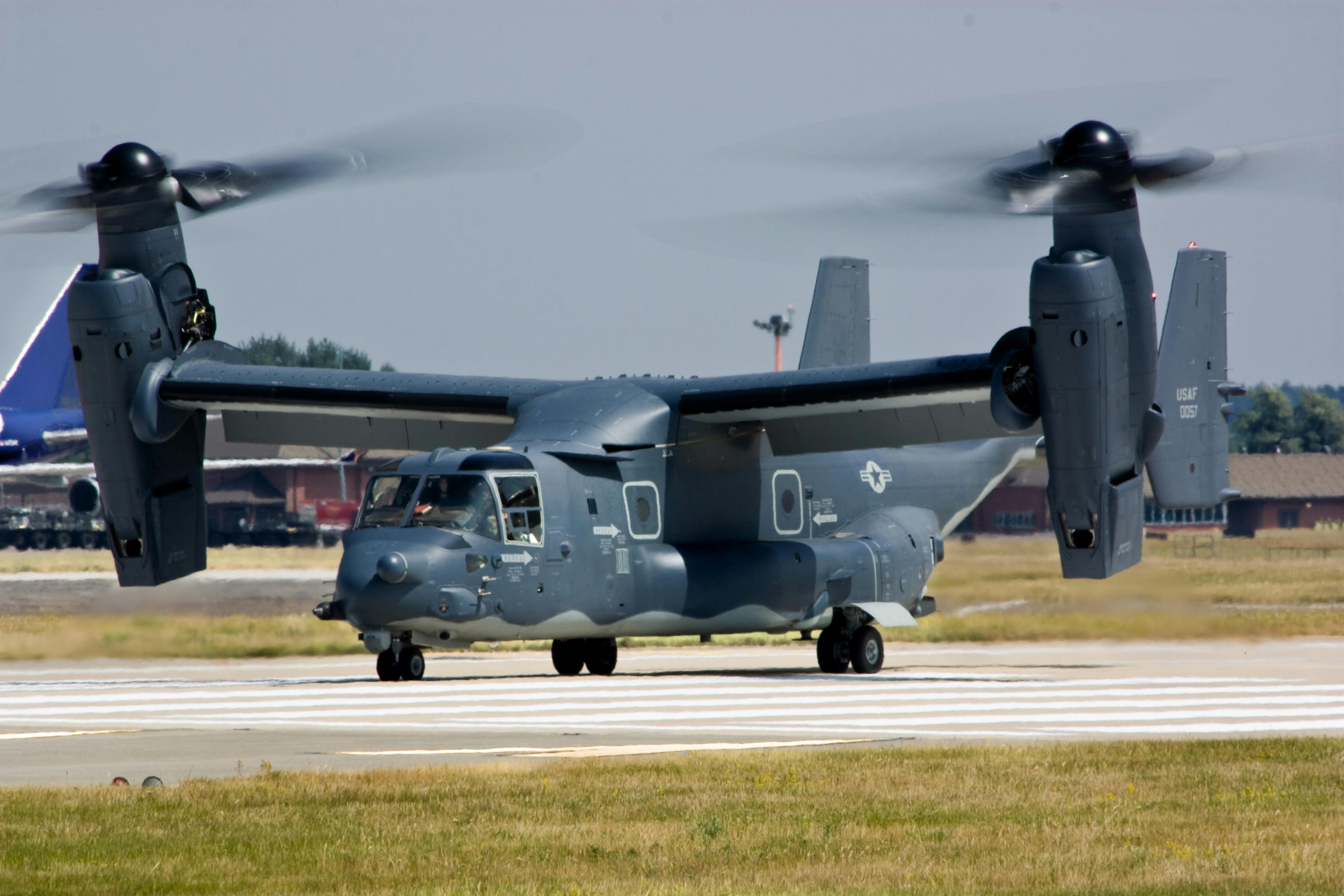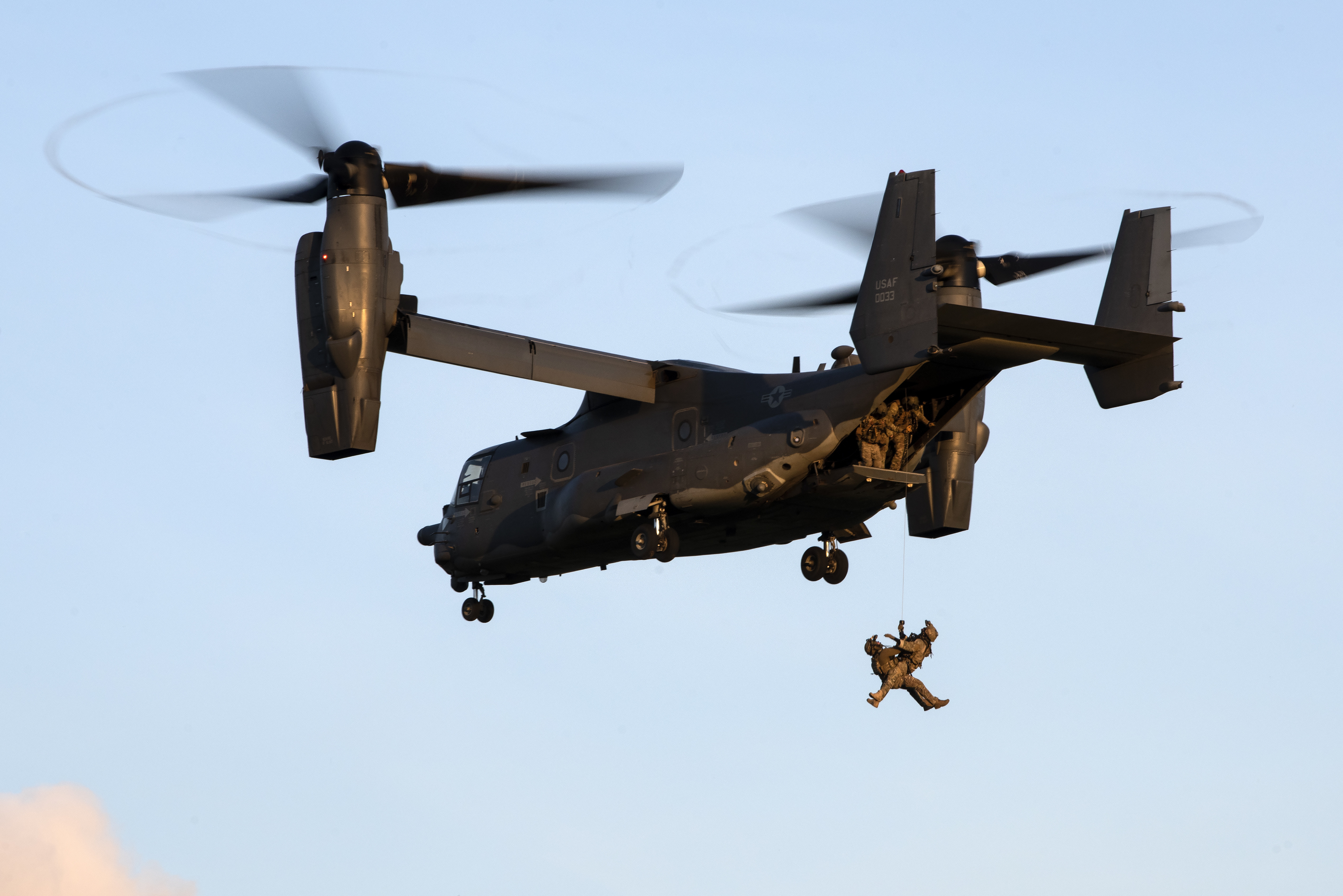V-22 Osprey: Revolutionizing Vertical Flight
The V-22 Osprey, a remarkable aircraft, has redefined the concept of vertical flight and provided new possibilities for military operations, disaster relief, and humanitarian missions. This cutting-edge aircraft combines the capabilities of a helicopter and an airplane, allowing it to take off, land, and hover vertically like a helicopter, while also achieving high-speed, long-range flight like an airplane. Developed jointly by Bell Helicopter and Boeing, the V-22 Osprey has proven itself as a versatile and game-changing asset in modern aviation.

The V-22 Osprey traces its origins back to the 1980s when the need for a versatile aircraft that could combine the agility of helicopters with the speed and range of fixed-wing aircraft became evident. Traditional helicopters had limitations in terms of speed, range, and payload capacity, hindering their effectiveness in various scenarios. The V-22 Osprey was conceptualized as a solution to these limitations, with the goal of enhancing military capabilities and extending the possibilities of vertical flight.

One of the most remarkable features of the V-22 Osprey is its unique design, known as tiltrotor technology. This design includes large rotors that can tilt, allowing the aircraft to transition from vertical to horizontal flight and vice versa. This ability to change its orientation in mid-flight gives the Osprey its versatility and adaptability. It can take off and land like a helicopter, making it ideal for operations in confined spaces, and then transition to airplane mode for high-speed, long-distance travel.
The Osprey’s impressive capabilities include the ability to transport troops, equipment, and supplies to remote and challenging environments. It can operate from a variety of platforms, including amphibious assault ships, aircraft carriers, and forward operating bases. Moreover, its speed and range make it suitable for a range of missions, including troop transport, medical evacuation, search and rescue, and disaster relief.
Since its introduction, the V-22 Osprey has demonstrated its effectiveness in various real-world operations. It played a crucial role in disaster relief efforts following Hurricane Katrina, showcasing its ability to rapidly transport personnel and supplies to affected areas. In military operations, the Osprey’s speed and versatility have proven invaluable in both combat and non-combat scenarios. It has been used for missions such as special operations, reconnaissance, and logistics support.

While the V-22 Osprey has proven its worth, its development journey was not without challenges. Technical issues, safety concerns, and budget constraints initially led to setbacks and controversies. However, over time, these challenges were addressed through extensive testing, modifications, and improvements to the aircraft’s design and systems.
Looking ahead, the V-22 Osprey continues to evolve. Ongoing advancements in technology and engineering are likely to enhance its performance, efficiency, and safety features. As military requirements and mission profiles change, the Osprey’s adaptability will keep it relevant and in demand for years to come.

The V-22 Osprey stands as a testament to human ingenuity and the relentless pursuit of innovation in aviation. Its ability to combine the best of both helicopter and airplane technologies has revolutionized vertical flight, opening up new avenues for military operations, disaster relief efforts, and humanitarian missions. With its proven track record and ongoing improvements, the V-22 Osprey remains a remarkable aircraft that continues to shape the future of aviation.






